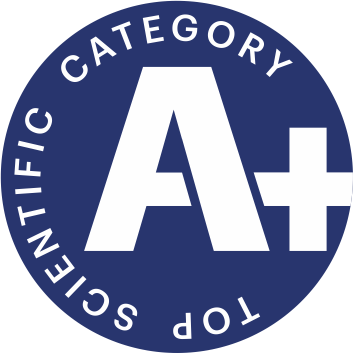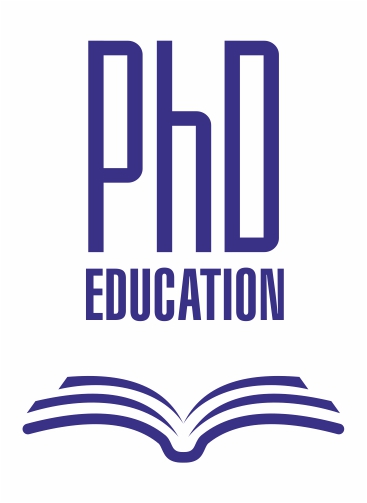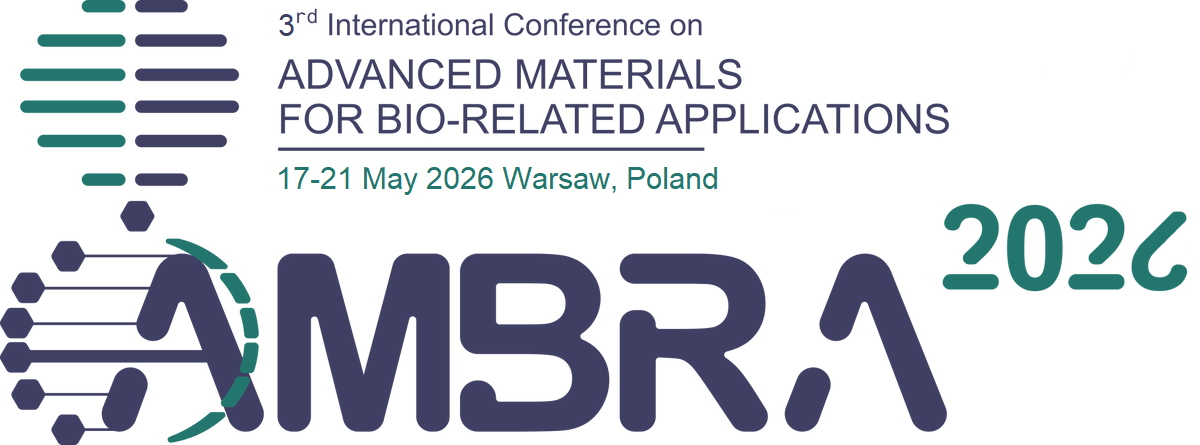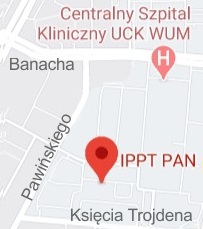Welcome to the Department of Theory of Continuous Media and Nanostructures Official Website!
Here is an extensive list of our activities. Click on the tabs to learn more about the current research projects and achievements. We are also especially proud to show you our state-of-the-art research equipment. For our employees’ contact details, just scroll down to the bottom of the page.
Employees and Teams
| Head: | 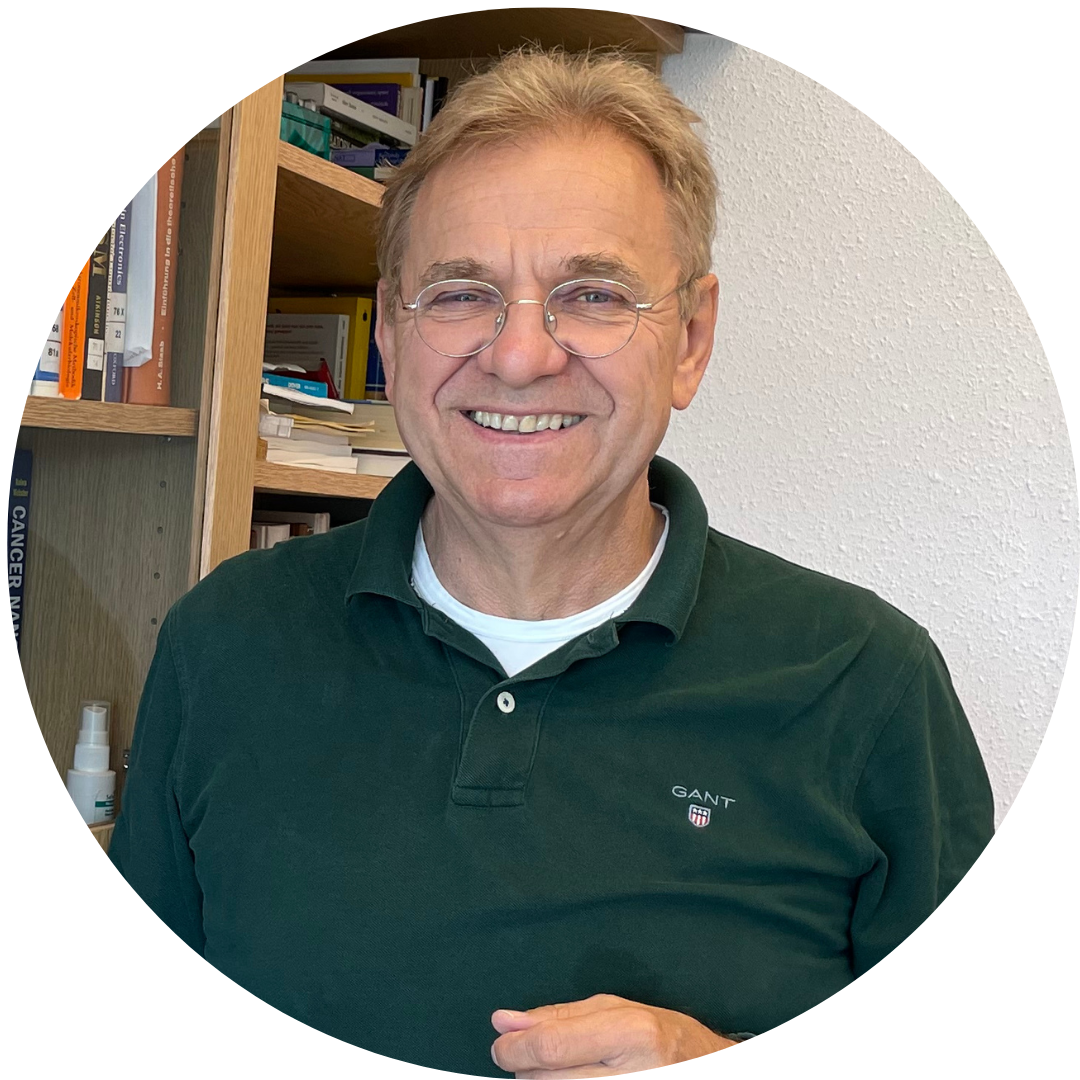 |
|
Prof. Michał Giersig, PhD, DSc phone: +48 22 826 12 81 ext. 410 room: 420 e-mail: |
| Secretary: |
|
Monika Węglowska phone: +48 22 826 98 41 / +48 22 826 12 81 ext. 219 room: 524 e-mail: / |
Department structure units:

Research
Current Research Activities:
- Quantum Liquids in Low-Dimensional Collective Metals – Investigation of Tomonaga-Luttinger liquid behavior and its realization in nanomaterials such as nanotubes and nanowires.
- Analytical Mechanics of Continuous and Discrete Media – Study of micro- and nanostructured materials, including low-dimensional structures, through analytical mechanics approaches.
- Mechanics of Infinitesimally Small Deformable Test Bodies – Analysis of motion dynamics on curved two-dimensional surfaces embedded in three-dimensional Euclidean space.
- Theoretical Modeling of Spin Textures and Magnetic Excitations – Exploration of nonlinear phenomena distributions on curved and inhomogeneous surfaces, such as shells, membranes, biomembranes, and nanostructures.
- Nonlinear Transport Theory and Thermodynamics of Continuous Media – Investigation of phonon gas dynamics and transport properties in complex media.
- Nonlinear Theory of Molecular Orientation in Polymers – Development and experimental validation of advanced models describing polymer molecular orientation.
- Modeling of Polymorphic Structure Formation in Single-Component Crystallizing Polymers – Incorporation of molecular orientation effects into theoretical frameworks for polymer crystallization.
- Kinetics of Non-Stationary Nucleation and Polymer Crystallization – Theoretical and experimental studies on polymer crystallization under varying thermodynamic conditions.
- Fundamentals of Material Strength and Degradation – Development of a physical framework for understanding the durability and deterioration of structural, functional, and nanomaterials.
- Synthesis and Characterization of Nanocomposites – Development of superparamagnetic and biocompatible porous materials, including physicochemical analysis and cytotoxicity assessment for biomedical applications.
- Fabrication of Metal-Organic Frameworks (MOFs) – Engineering of inorganic core-coordinated organic frameworks for electrochemical energy conversion systems.
- Development of Functional Materials for Environmental Applications – Design and synthesis of advanced materials for environmental monitoring and remediation.
- Fabrication of High-Strength Epoxy-Based Nanocomposites – Creation of epoxy resin composites doped with carbon-based nanoparticles to enhance mechanical performance while ensuring uniform dispersion.
- Multifunctional Nanocomposites for Biomedical Applications – Development of antibacterial materials capable of singlet oxygen generation and localized heating effects for medical use.
- Surface Engineering for Superhydrophobic Structures – Design of advanced surface coatings to achieve superhydrophobic properties for technical applications.
- Development of 3D Multi-Component Structures – Fabrication of advanced multi-material 3D structures for industrial and technical applications.
- Modeling and Simulation of Novel Nanomaterials – Utilization of ANSYS software for computational modeling and simulation, guiding the development of nanomaterials with enhanced mechanical, electronic, and thermal properties for 3D printing applications.
- Ultrasonic sensors for measuring physical properties of materials (solids and liquids):
- measuring the viscosity of liquids subjected to high pressures,
- applications of surface acoustic waves (Love's, Bluestein-Gulyaev's) and bulk shear waves to measure the viscosity of liquids.
- Fast and slow elastic surface waves of the SH type in elastic metamaterial waveguides.
Key Words:
- quantum liquids, bosonization, low-dimensional systems, strongly correlated systems, mechanics of media with micro- and nanostructure, surfaces with non-trivial geometry, infinitesimal deformable test bodies, geodesic/geodetic solutions, distributions of spin textures/magnetic excitations.
- transport phenomena, quantum mechanics, phonons, relativistic fields and particles.
- molecular orientation, non-linear elastooptics, molecular dynamics, nucleation, crystallization kinetics, non-isothermal crystallization, oriented crystallization, polymorphic phase transitions, computer modeling, physical framework for understanding the durability and deterioration of structural, functional, and nanomaterials.
- photonics, plasmonics, spintronics, nanovisualisation, nanomanipulation, optical beams, optical pulses, optical vortices, non-specular effects, optical bi-stability, surface plasmon polaritons, meta-materials, optical resonators, optical concentrators.
- synthesis and characterization of nanocomposites including physicochemical analysis and cytotoxicity assessment for biomedical applications.
- design of advanced surface coatings to achieve superhydrophobic properties for technical applications.
- guiding the development of nanomaterials with enhanced mechanical, electronic, and thermal properties for 3D printing applications.
- ultrasonic sensors for measuring physical properties of materials, applications of surface acoustic waves and bulk shear waves to measure the viscosity of liquids, metamaterial elastic materials, negative elastic compliance.
Proposed Ph.D. Projects:
Apparatus
Proposed PhD
Proposed Ph.D. Projects:


